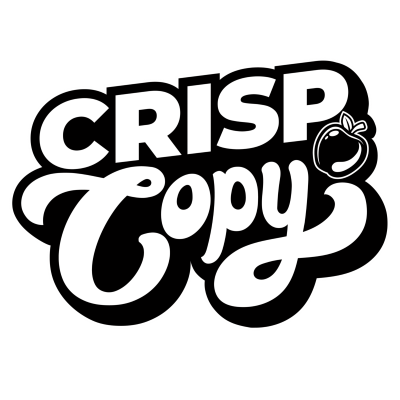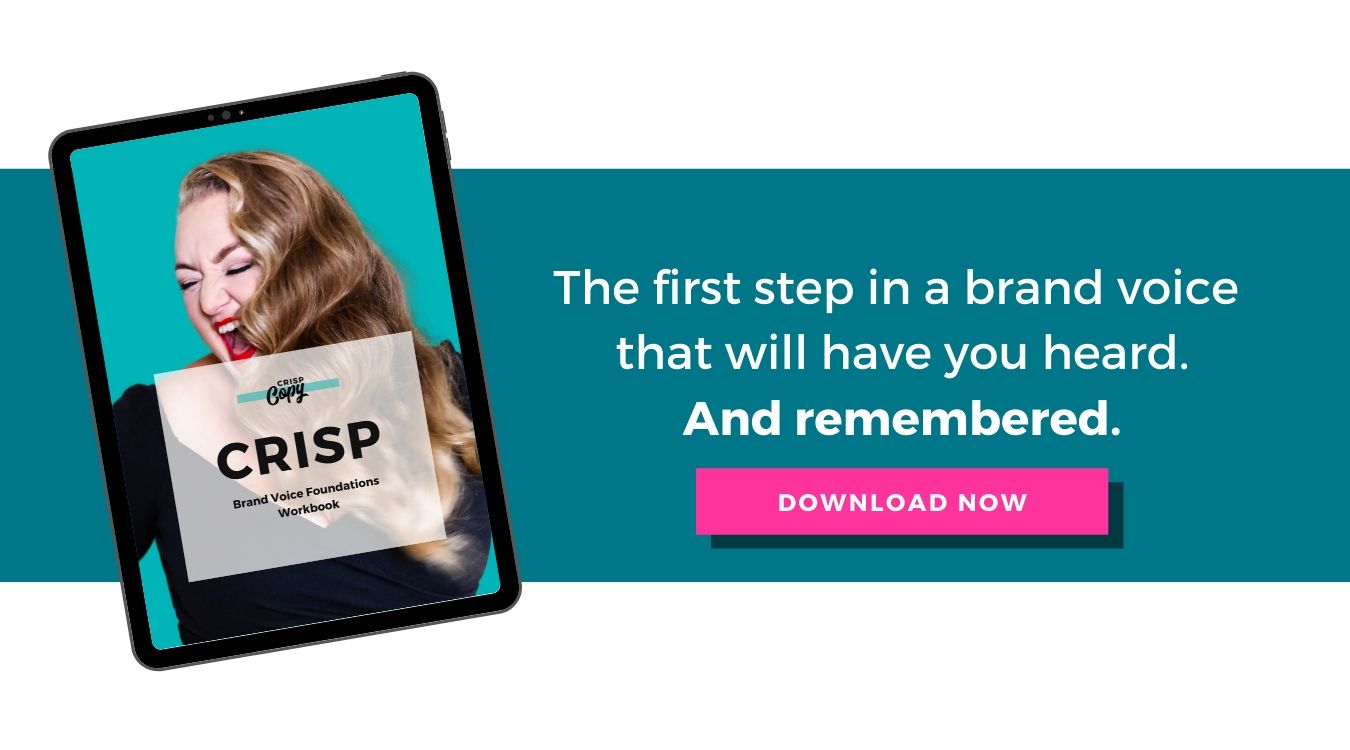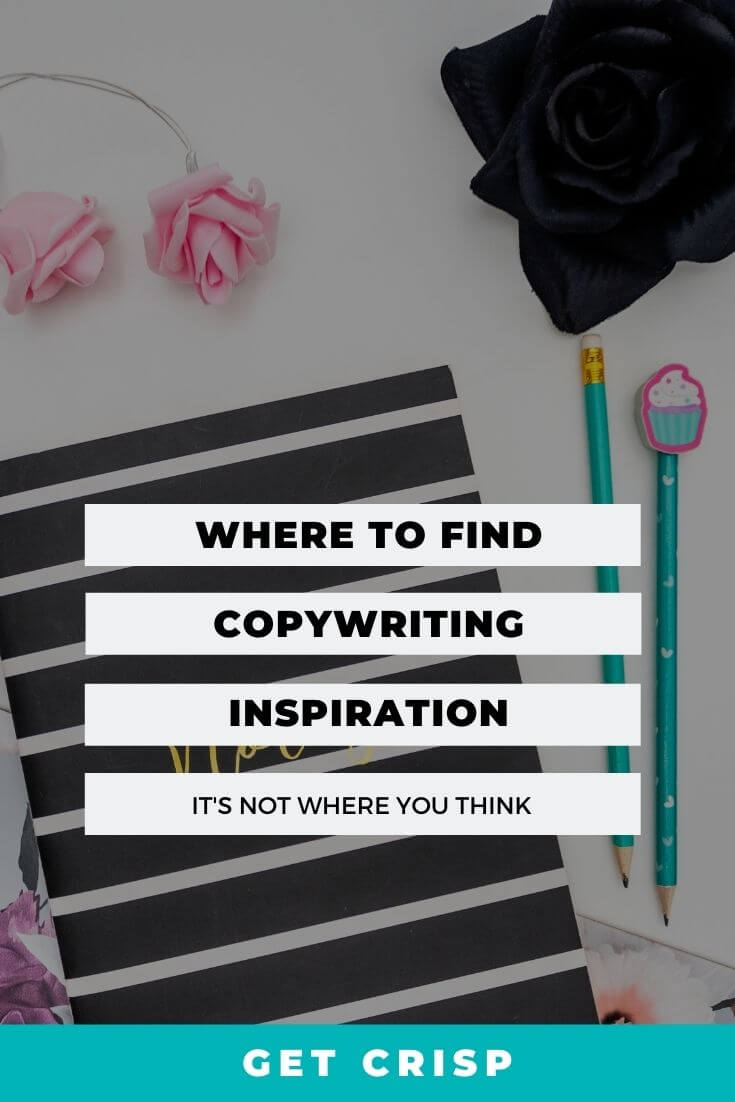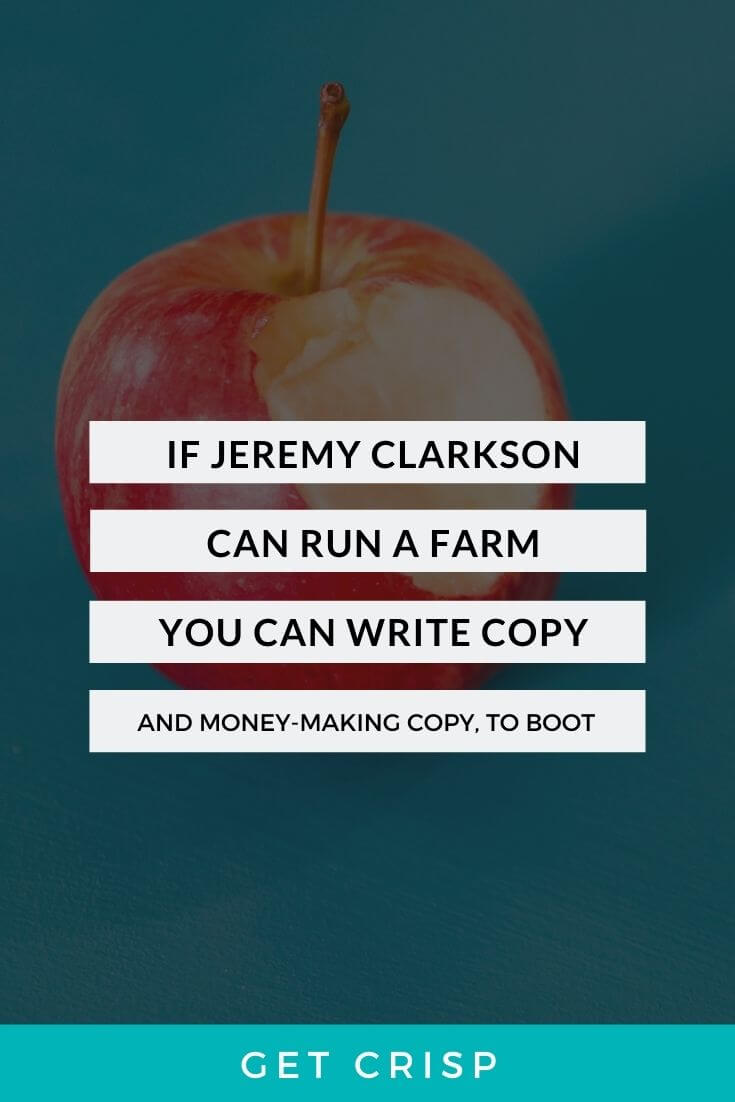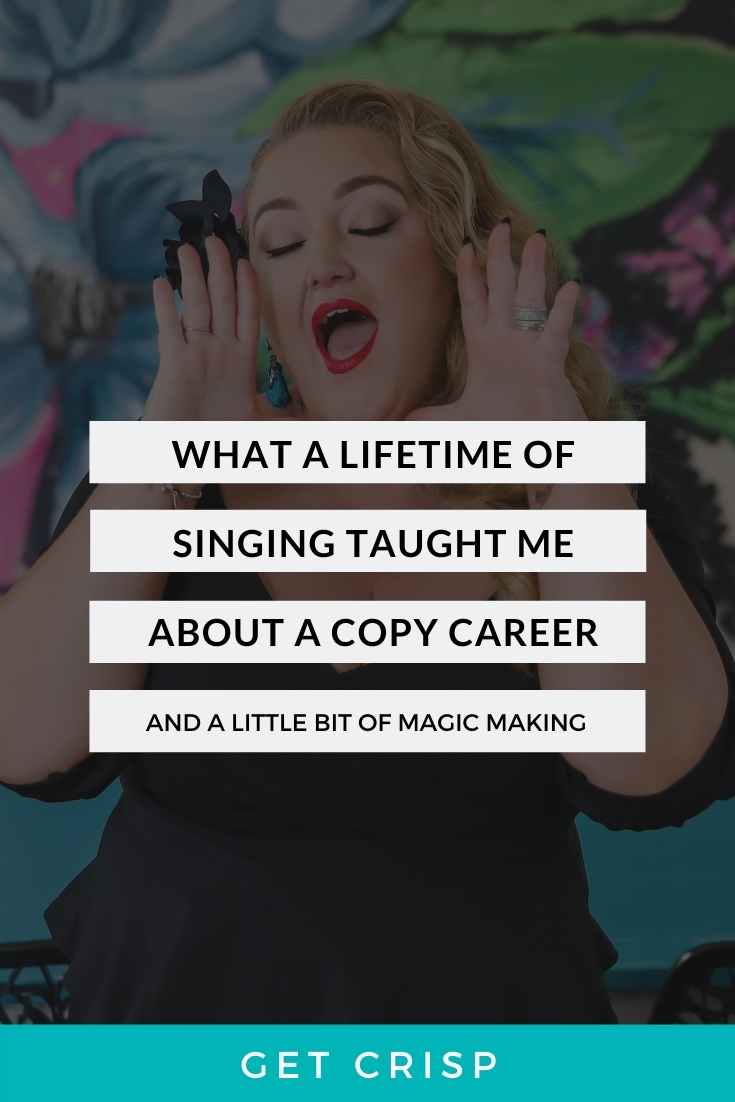Imagine you’re at a party. The room is filled with the crackle of conversation; you’re excited you’ve found a bunch of cool, like-minded people who have interesting things to say. You find a group of entrepreneurial types with sparkling wit and business chops for days and join the talk. Bonus: there isn’t sauce on your boob and you’ve checked your teeth for spinach.
It’s the same in social media threads, or in blogs. Maybe you’re nodding along in agreement,
then the writer starts using mysterious abbreviations like ROI and TOV thick and fast.
It’s cool, you can sneak off into the corner and do a snappy Google to find out what they mean: but being able to expand an acronym or abbreviation isn’t enough – what do they actually mean in practice?
Abbreviations and other jargon can be the conversational equivalent of saying “no new people”.
Balls to that.
Avoid embarrassing Bridget Jones exit strategies like asking for the loo when it’s your turn to enter the conversation and keep those doors open with this little explainer.
ROI = Return On Investment
Which means what for you as a business owner, exactly?
ROI doesn’t tell you your overall profit, but how much money you make after you take out the cost of the investment. The remainder is the ROI – the return on your investment. *
Hang on, I’ll give you a copy example.
* I double checked my understanding of ROI over at Investopedia.
Because that Sales page makes $4000 profit in three weeks.
You all know I word better than math, but let’s face it – you don’t need to have ‘a beautiful mind’ to work out this example; the ROI has paid for the cost of the investment.
There’s a simple equation you can use to work out your ROI in this ripper blog from Feverbee.
ROI = Current benefit of investment minus cost of investment divided by cost of investment. For our example:
$4000 – 2000 / 2000 = 1
ROI = 100%
Jeepers, I hope my Da is proud of me.
Now, how can you use this understanding of ROI to either sell your services or make a decision about a business investment?
Because expressing the ROI in a percentage makes it easier for you to measure it up against your other investments and get a truer reading of how well it’s doing (or not doing).
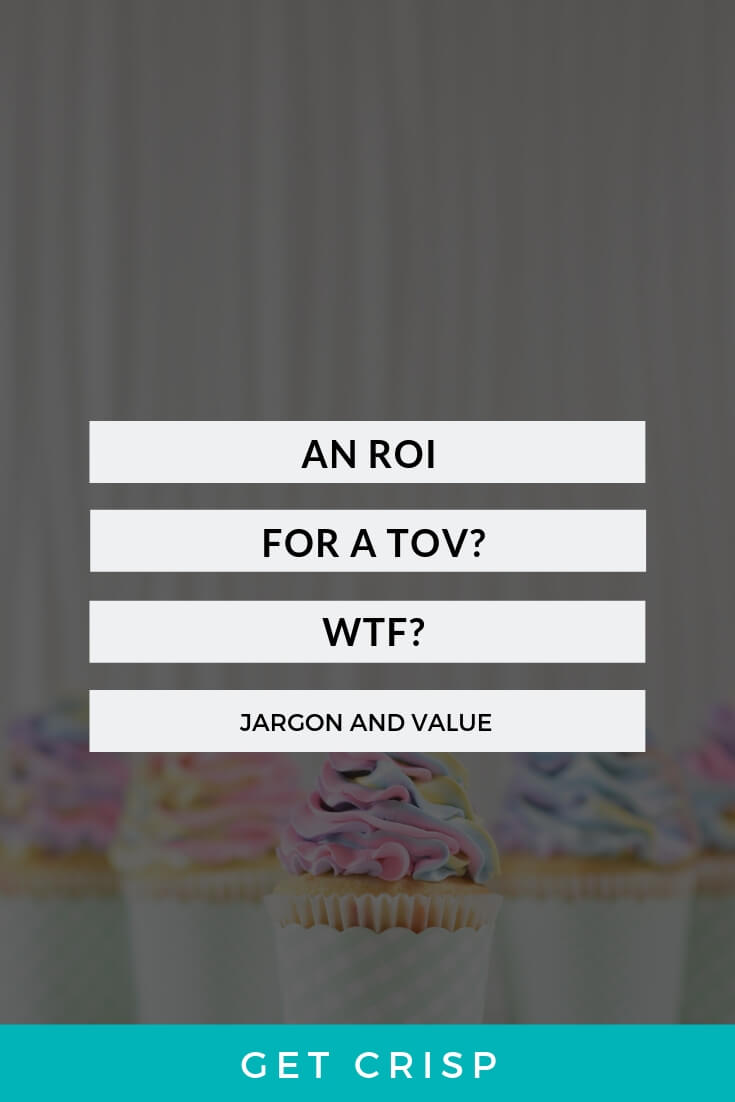
But wait, there’s another set of numbers that should be worked into this concept – time.
Time Maketh the ROI
Time is the spanner in ROI’s efficiency calculations. As time goes by, if my pretend Sales page keeps converting at rates similar to what I’ve said above ($4000 profit in 3 weeks, which for my clients’ Sales pages, that ROI is pretty usual), then my ROI becomes a whole lotta revenue over a year. Woohoo! But don’t pop the bubbles too soon – oh go on then, at least put it on ice. But keep your expectations realistic:
Investing in copy (or any investment) is not a set-and-forget process.
Because Time Breaketh the ROI
and this is to be expected. A good ROI will peak, trough, and then start to decrease over time.
Things change in business and society all the time; demand, your client avatar, hot leads being worked to a cool black stone finish. It happens.
Which is why one of the immutable rules of ROI is that it faces diminishing returns; a good reason not to put all your eggs in one basket.
Now, you may be wondering what my sudden interest in numbers and calculations means in the world of copy chopness. And you’d be right to ask. The thing with brand storytelling copywriting is the ROI isn’t top of the list of things to worry about. However, when you start to look at conversions, or start to look at conversion copywriters (for Sales or Landing pages, for example), you’ll probably start to have feelings around the amount of dosh you’re spending versus how much that single page of copy is going to make you back.
Asking A Copywriter for an ROI isn’t rude. However, some of us literally don’t know. And that’s OK.
A happy client is one who is making returns, whether or not they map out their ROI against other investments. For some, the ROI doesn’t even enter into it.
They have a shoddy Sales page and a great product and they want the page to have an upgrade. Or they’ve written the Sales copy themselves and they know it’s not painting their beloved thing in the right light. For them, the ROI is emotional and an investment for the brand, rather than just the numbers.
And we can’t really guesstimate what the ROI for your product or service is going to be by writing you a single page. There’s a whole lot of other, supporting work that’ll need to be done around that page to get it the traffic and eyes-on it needs to make you some dollars. We don’t know what that’s going to be before we’ve started.
But we can hazard a guess. For me, I try to only take on projects where the client will make their money back they’ve spent on hiring me within about a month of launching their thing. Everyone wins.
Happy with all this so far? Now I’m going to throw a spanner in the works and ask:
Should You Even Calculate ROI?
The answer is yes, and no. Because when it comes to Social ROI (actually a thing), there’s more to it than the dollar, dollar bills, yo.
It’s pretty easy to calculate the ROI of investments which deals purely in dollars and cents. It’s easy to tell what the ROI of a Sales page is once it’s started selling your thing – that’s where we start testing conversions and seeing what works and ensuring all those words are doing their selling job. And even when I get clients once in a while that ask, “but why is your Sales page $2500? I was thinking more $400” and I ask “Oh? How much is your *insert thing to be sold here*?” and they respond, “$800”, and I do a meaningful eye-look and point out it’ll only take 3 sales of that thing to make their Crisp investment back and the penny(s) drop that’s a simpler sell than spending the same amount of money with me to work out what the next abbreviation I’m going to tell you about is.
Here’s the thing I’m asked again and again to justify the price of: TOV
The next abbreviation I’m flashing at this party is TOV. And TOV is one of my favourite things. Because it’s one of the most powerful tools your brand can use a copywriter to build. And also one of the most ignored outside of big brands and swanky corporate (the latter which seems to invest far too much and then forget to use them).
TOV = Tone of Voice – sounds simple, right?
Nailing your TOV is just not easy.
You know about Tone of Voice. It’s not just your message – that is, what you’re saying. It’s how you say what you’re saying.
Let’s take the phrase ‘Good morning’. Someone can bark out an angry, snappy “Good morning!”, You’re likely to want to flip them the bird an say “Well eff you” under your breath as they walk by. When they come to your desk selling chocolates for their kid’s scout group, you might remember their faux-greeting and say, “Yeah, nah.” Although I never would because #communitygroups and also #chocolate
When someone gives you a bland “Good morning” just because that’s what everyone else does, you might return the greeting, but you’ll soon get back to what you were doing and forget they walked past you to begin with. Yes, that was a dig at safe, whispered brand voices.
What’s the game-changer? An engaging, conversational, I-wanna-know-more-about-this-person TOV.
Someone gives you an enthusiastic, conversational “Good morning!”. Then they ask how your day was. Then they ask if they can borrow your pen; of course you say yes – it’s such a small request (anyone recognise a nurture sequence in here?)
Usually, even serial ‘I’m-not-a-morning-person’ people will be charmed into entering conversation that’s engaging, and makes them feel good. Even if you’re watching the waistline, when they come back to you at lunchtime selling cupcakes for their kid’s thing, you’re much more likely to buy from them. Why? Because they’ve already started to like you, invest in you, and want to eat your cake. Also #cupcakes
This example makes it clear what the right TOV can do.
But in the online world, it’s much more challenging to nail TOV
We can’t see each other’s faces, and rely on our simian talents like picking up on body language and actually hearing tone of voice.
When it comes to online TOV, it needs to be:
- Engaging and conversational
- Consistent
- And it needs to be YOU – TOV which is inconsistent with how you actually speak to them once they become a client will leave people confused about who you are; when seeds of doubt creep in at your authenticity, then it will spread to everything you offer.
What does this mean? If you’re sassy you can be sassy. You can drop the f-bomb if you swear well and that’s your brand’s TOV. You can be lovely and use a TOV which suggests butter-wouldn’t-melt-in-your-mouth. You can be authoritative and business-like.
Know what you can’t afford to be?
Boring.
Because boring, forgettable TOV doesn’t make anyone feel anything, and for that reason it won’t get you gangbuster ROI.
People are changing the way they make purchases; having a product that solves a problem is essential, but it isn’t enough. People need to feel they connect with you – are invested in you: like, emotionally. Sounds intense, but it’s true.
Here are a couple more sums.
(Disclaimer: may not actually be mathematical.)
TOV = ROI = $$$$$
TOV x Boring = Zzzzzzzzzzz
The right TOV won’t just get you an ROI, but a good, healthy one.
And that’s what you need to keep front of mind when you’re thinking of getting a copywriter. A cheap copywriter isn’t a good copywriter who charges less than the other good copywriters. Without a rush fee, a good copywriter won’t drop everything and deliver your project in a small space of time.
Good copy is an investment worth making.
I write mouth-watering, belly-snagging, ROI-bringing copy. When I write your TOV it speaks to the right people – the ones who will invest in you, your business, product, or service. It’s like a circle of abundance. And yes, I will work with you and your team on your TOV so you’re getting your copy consistently and blazingly brilliant across the board. Book a copy coaching session with me to talk about all things ROI, TOV and more.
Where To Find Copywriting Inspiration (It’s Not Where You Think)
There are probably 4 million downloadables available right now via a quick Google search to help you write copy. Everything from workbooks to templates to prompts to formulas to apps to funky little programs you stick your keywords in and *bam* out pops a headline -...
If Jeremy Clarkson Can Run A Farm You Can Certainly Write Money-Making Copy
Jeremy Clarkson. If you've got fast-car-lovin' humans in your house, you might recognise his name. Top Gear saw his entry into this house, along with a new husband who brought with him two extra televisions into our abode that only had one - and that was hidden away...
What A Lifetime Of Singing Taught Me About A Career In Copy
I started dance at the age of 2. My mother was a ballroom dancer, she met my father dancing, my Aunt owned what was then the biggest ballroom dance school in WA, both sets of my grandparents danced, and my great-grandma, Ho Ho (pronounced "Hoo Hoo"), sewed my dance...
© Copyright 2016 - 2024
Jay Crisp Crow + Crisp Copy
If you steal my words I'll
send my teenagers to your house
...with their kitten

Crisp Content
Make your reader lick the screen
